- Catherine
- August 26, 2023
- 11:03 am
Is the module on the OSFP side of the NIC OSFP-flat? Why is the OSFP-Riding Heatsink used?

FiberMall
Answered on 11:03 am
OSFP-flat and OSFP-Riding Heatsink are two types of OSFP modules that differ in their height and heat dissipation design.
OSFP-flat has a flat top and a height of 15.5 mm, while OSFP-Riding Heatsink has a riding heat sink on the top and a height of 18.5 mm.
Both types of OSFP modules can support up to 400 Gb/s or 800 Gb/s data rates, depending on the number of electrical lanes and the modulation scheme.
The choice of OSFP module type depends on the compatibility with the connector cage and the thermal performance requirements of the system.
For example, NVIDIA ConnectX-7 adapters use OSFP-Riding Heatsink modules because they have a riding heat sink on the connector cage, which can provide better cooling for the modules. However, some other systems may use OSFP-flat modules because they have a lower profile and can fit in more compact spaces.
People Also Ask
Related Articles

800G SR8 and 400G SR4 Optical Transceiver Modules Compatibility and Interconnection Test Report
Version Change Log Writer V0 Sample Test Cassie Test Purpose Test Objects:800G OSFP SR8/400G OSFP SR4/400G Q112 SR4. By conducting corresponding tests, the test parameters meet the relevant industry standards,
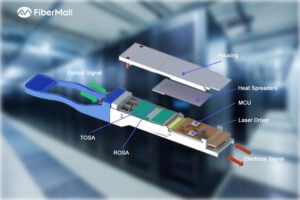
The Evolution of Optical Modules: Powering the Future of Data Centers and Beyond
In an era dominated by artificial intelligence (AI), cloud computing, and big data, the demand for high-performance data transmission has never been greater. Data centers, the beating hearts of this
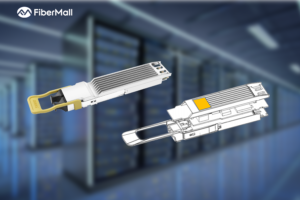
How is the Thermal Structure of OSFP Optical Modules Designed?
The power consumption of ultra-high-speed optical modules with 400G OSFP and higher rates has significantly increased, making thermal management a critical challenge. For OSFP package type optical modules, the protocol
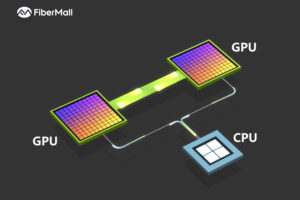
AI Compute Clusters: Powering the Future
In recent years, the global rise of artificial intelligence (AI) has captured widespread attention across society. A common point of discussion surrounding AI is the concept of compute clusters—one of
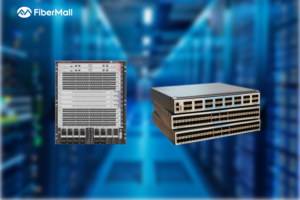
Data Center Switches: Current Landscape and Future Trends
As artificial intelligence (AI) drives exponential growth in data volumes and model complexity, distributed computing leverages interconnected nodes to accelerate training processes. Data center switches play a pivotal role in
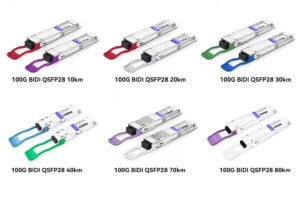
Comprehensive Guide to 100G BIDI QSFP28 Simplex LC SMF Transceivers
The demand for high-speed, cost-effective, and fiber-efficient optical transceivers has surged with the growth of data centers, telecommunications, and 5G networks. The 100G BIDI QSFP28 (Bidirectional Quad Small Form-Factor Pluggable
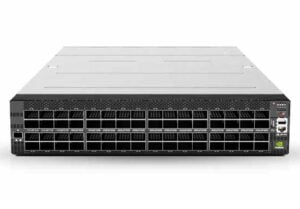
NVIDIA SN5600: The Ultimate Ethernet Switch for AI and Cloud Data Centers
The NVIDIA SN5600 is a cutting-edge, high-performance Ethernet switch designed to meet the demanding needs of modern data centers, particularly those focused on artificial intelligence (AI), high-performance computing (HPC), and
Related posts:
- Is the CX7 NDR 200 QSFP112 Compatible with HDR/EDR Cables?
- If the Server’s Module is OSFP and the Switch’s is QSFP112, can it be Linked by Cables to Connect Data?
- Is UFM as Functional as Managed Switch and Unmanaged Switch?
- What is the Maximum Transmission Distance Supported by InfiniBand Cables Without Affecting the Transmission Bandwidth Latency?
